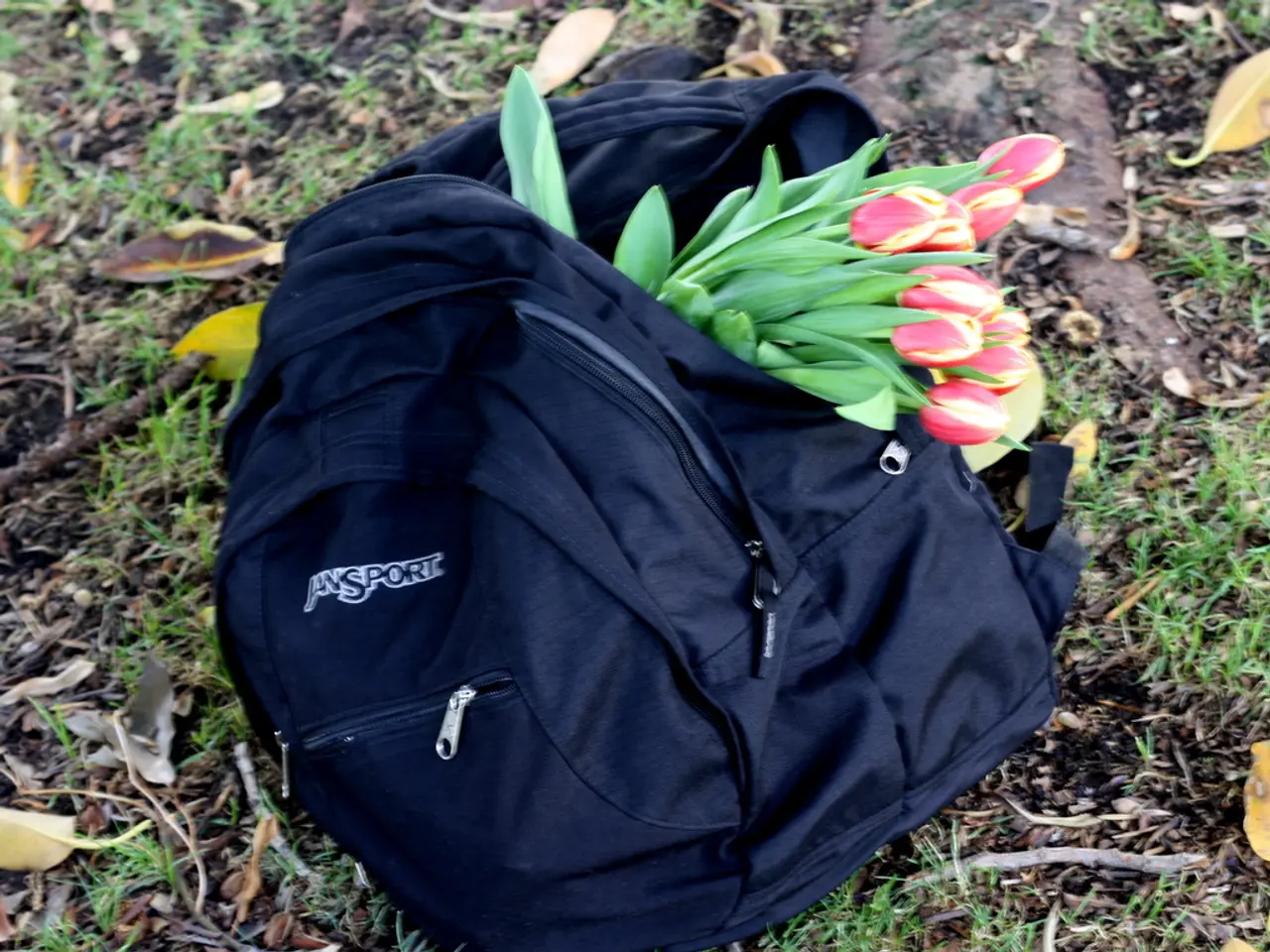The Superiority of Grow Bags Over Traditional Plastic Planters Explained
Discover the Benefits of Fabric Grow Bags for Your Garden
Fabric grow bags are revolutionizing the gardening world, offering a portable, reusable, and eco-friendly alternative to traditional plastic planters. Made from double-layer polypropylene, these breathable and flexible bags offer several advantages for your garden.
Healthier Root Systems
The primary benefit of fabric grow bags is their impact on root health. The breathable fabric allows for air pruning, a process that prevents roots from circling and becoming rootbound. This encourages roots to grow outward and downward, resulting in stronger and healthier root systems compared to plastic planters.
Better Moisture Management
Fabric grow bags enable excess water to drain easily, reducing the risk of waterlogging and root diseases. They retain enough moisture to keep the soil moist but not soggy, providing a balanced environment for your plants. In contrast, plastic planters often have less efficient drainage and can cause water retention issues.
Enhanced Aeration and Oxygen Access
The breathable fabric facilitates oxygen flow to the roots, which enhances nutrient absorption and overall faster, stronger plant development. This is a benefit not provided by plastic pots.
Convenience and Flexibility
Grow bags are lightweight, flexible, and easy to move or reposition, making them ideal for gardeners with limited space or for indoor gardening. They simplify harvesting, especially for root vegetables like potatoes, since they can be tipped out without damaging roots. After harvest, grow bags can be stored easily and reused each season.
Environmental Friendliness and Cost
Fabric grow bags tend to be recyclable, biodegradable, and more earth-friendly than plastic planters. They are also more affordable and practical for vegetable gardening, especially in small spaces.
Durability and Protection
High-quality fabric planter bags are sturdy and can withstand climate changes, unlike clay pots that may crack under extreme heat. Fabric pots protect fragile root systems from diseases, pests, and harsh weather conditions. Some fabric planter bags are UV-protected to prevent breaking apart during extended exposure to the sun.
Versatility
Ideal for growing a variety of plants, including most types of vegetables like tomatoes, cucumbers, hot or sweet chili peppers, and green beans, fabric pots are perfect for plants with shallow root systems and are ideal for balcony or urban gardens because they do not take a lot of space.
Choosing the Right Fabric Grow Bag
When choosing fabric planter bags, it's important to consider the quality, treatment, and the material used. Opt for 100% BPA-free bags, and avoid chemically treated bags to prevent chemicals and dyes from leaching into the soil. Proper drainage is key to growing healthy plants, and fabric pots provide excellent drainage.
In conclusion, fabric grow bags create a healthier growing environment by improving root aeration, drainage, and moisture control, while being flexible and environmentally conscious alternatives to traditional plastic planters. Embrace the benefits of fabric grow bags for your garden and enjoy a more rewarding and sustainable gardening experience.
[1] Soil and Crop Science Society of America [2] National Gardening Association [3] University of California, Davis [4] Cornell University [5] Bioplastics Magazine
Fabric grow bags, ideal for home-and-garden enthusiasts engaged in gardening, are revolutionizing the lifestyle of gardeners with their portability, reusability, and eco-friendliness. Comparatively, these breathable and flexible bags improve root systems, enabling better moisture management, enhancing aeration and oxygen access, and promoting versatile plant growth.




